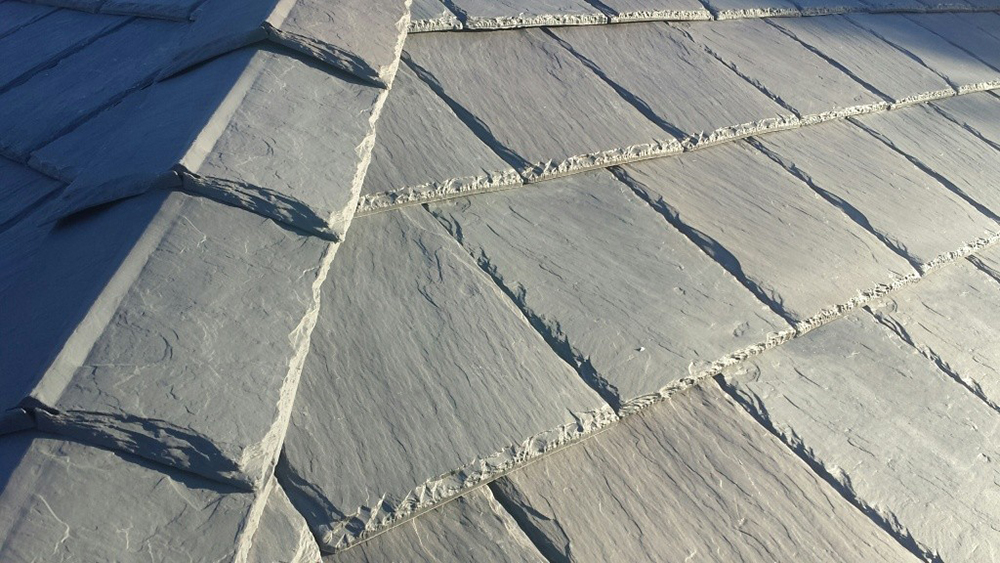As a homeowner, you want your home to look your best. So when you notice dark streaks spreading across your roof, your first thought is probably, “Why me?” While roof stains don’t pose a risk to your home, they can make your home look tired and worn. Most homeowners will do whatever they can to keep those stains from appearing in the first place.
What Causes Roof Stains?
While most Kansas City homeowners tend to refer to the stains on their roof as mold, they actually come from a type of algae. Algae spores are easily carried by wind, and your roof usually makes an excellent landing place, especially if large trees provide abundant shade.
The algae spores settle into your asphalt shingles, and they gradually grow more and more until the dark brown (or sometimes green) algae can be seen from the ground. When it rains, the algae can grow rapidly, eventually releasing more spores and spreading to other roofs in your neighborhood.
Roofing Materials that Resist Stains
While you can have your Kansas City roof professionally cleaned — DIY cleaning isn’t recommended because of the chemicals involved — the best solution is to install roofing that will prevent algae growth in the first place.
Here are three of the materials most likely to keep stains from developing on your roof.
Algae-Resistant (AR) Shingles
While normal asphalt shingles provide the perfect environment for algae growth, specially-made algae-resistant shingles are designed to prevent roof stains from developing. These shingles have copper particles embedded in them, along with the normal granules. When it gets wet, small amounts of copper are washed over your roof, killing algae spores.
Rubber Roofing
Rubber shingles, also known as SBS shingles, are created by adding a synthetic rubber material into the asphalt shingle production process. The result is a flexible shingle that’s more weather-resistant than normal asphalt shingles. These shingles hold up better to wind, rain, and hail, as well as the harsh rays of the sun.
Even better, though, is that rubber roofing is naturally algae- and stain-resistant. Unlike asphalt shingles, rubber shingles are less likely to crack over time, which provides less surface area for algae spores to land. Because cracks tend to be both damp and dark, they provide an ideal habitat for algae growth.
Polymer Roofing
Unlike algae-resistant or rubber shingles, polymer roofing is usually molded to resemble other types of roofing materials, including tile, slate, or wooden shakes. Because polymer roofing tiles are made from plastic, they’re more weather-resistant than natural materials, especially cedar shakes, which lends them a longer life span. They’re also less expensive than other materials and require far less upkeep.
Much like rubber shingles, your materials make all the difference. Because polymer roofing tiles are much less likely to split or crack, they provide a much less hospitable environment for algae, reducing the appearance of stains on your roof.
No matter what choice you make, you can find an attractive roofing material that will appeal to your tastes without having to worry about stains ruining your curb appeal.
For top-quality roof replacement in Kansas City, contact Smart Exteriors today!

